Whitlingham St Andrew










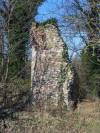




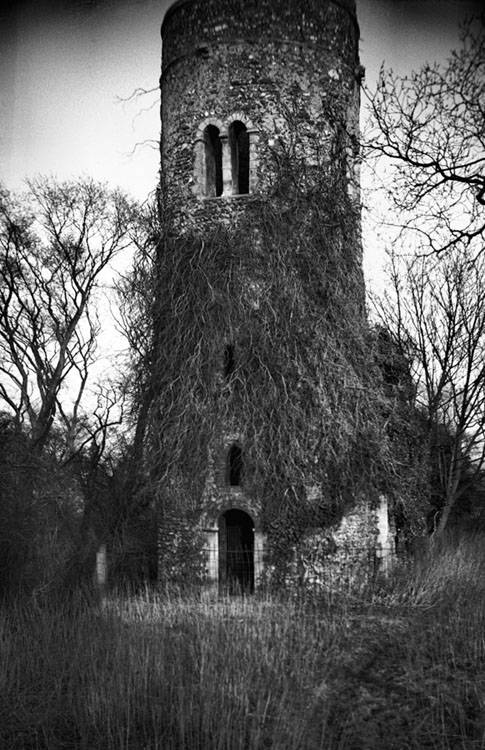



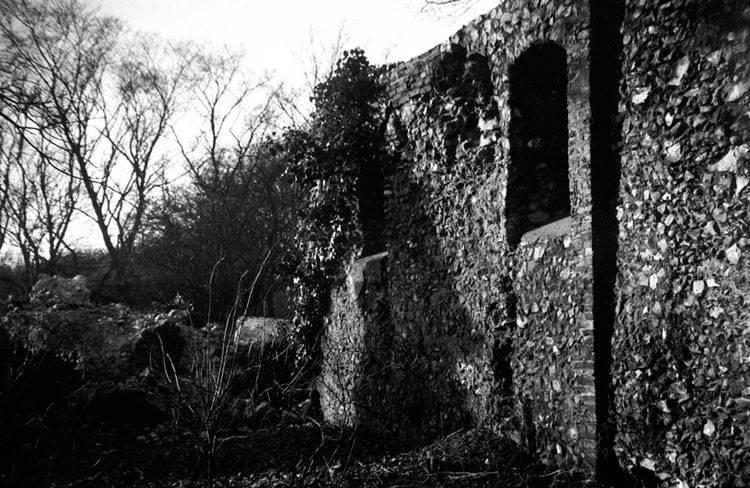
St Andrews Church Whitlingham
Where to find this church
Church Information
The ruins of St Andrews church are located south-east of Whitlingham country park on the southern shores of the River Yare close to the city of Norwich in Norfolk.
The ruins are not easy to find – even with an OS-map – as not a lot is left of this church. The remains are located close to the A47 Norwich Southern Bypass dual carriageway.
These church ruins are freely accessible at all times
* denotes external links that open in a new window
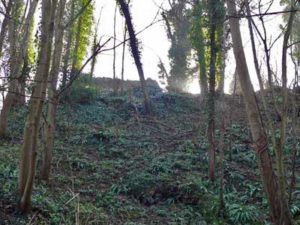

Visiting Whitlingham St Andrew
St Andrew’s in Whitlingham hardly qualifies as a Round Tower Church as the whole church is in ruins, and the tower is non-existent, having finally collapsed in 1940. However, the photos of George Plunkett are invaluable in this case, as they show the ruined church in 1935 with the tower still standing, and again in 1940 shortly after the collapse of the tower.
The building was perched at the top of a steep cliff, above the winding marshes of the River Yare, and much of the Church has just slipped down the hill. It was described as being dilapidated in 1630, and in 1653 the Parish was united with Kirby Bedon. The 12th century tower was circular to the top with a plain parapet, resting on a string course. On top of the parapet there stood four stone angels. The four belfry openings had double round-headed arches. There was also a round-headed west doorway to the tower, and in the stage above it were two slit windows. The east wall of the chancel was demolished in 1997 after being deemed unsafe, but you can still see it on the black and white photos. The south chancel wall stands to nearly its full height, with holes where the south windows were and also the niche for the piscina, but the north chancel and the north nave walls have descended down the slope. The south nave wall has also mostly disappeared, and there is just a low bit of flint wall where the south porch was. Parts of the porch and most of the south wall were still there in the 1820s when Robert Ladbrooke (1769-1842) depicted the ruins for his lithograph.
However, in the 19th century it was a favoured spot for artists from Norwich to come to paint romantic rural scenes. Many well-known members of the Norwich School, as well as less skilful artists, recorded the lone tower on top of a precipice, including Joseph Clover (1779-1854), Robert Dixon (1780-1815), John Berney Crome, (1794-1842), Joseph Stannard (1797-1830), Edward Daniell(1804-1842), Anthony Sandys (1806-1889), R. Tallack (painted it in 1887). Many drew the Church absolutely overwhelmed with saplings and ivy.
Conclusion: only few fragments of walls remain

